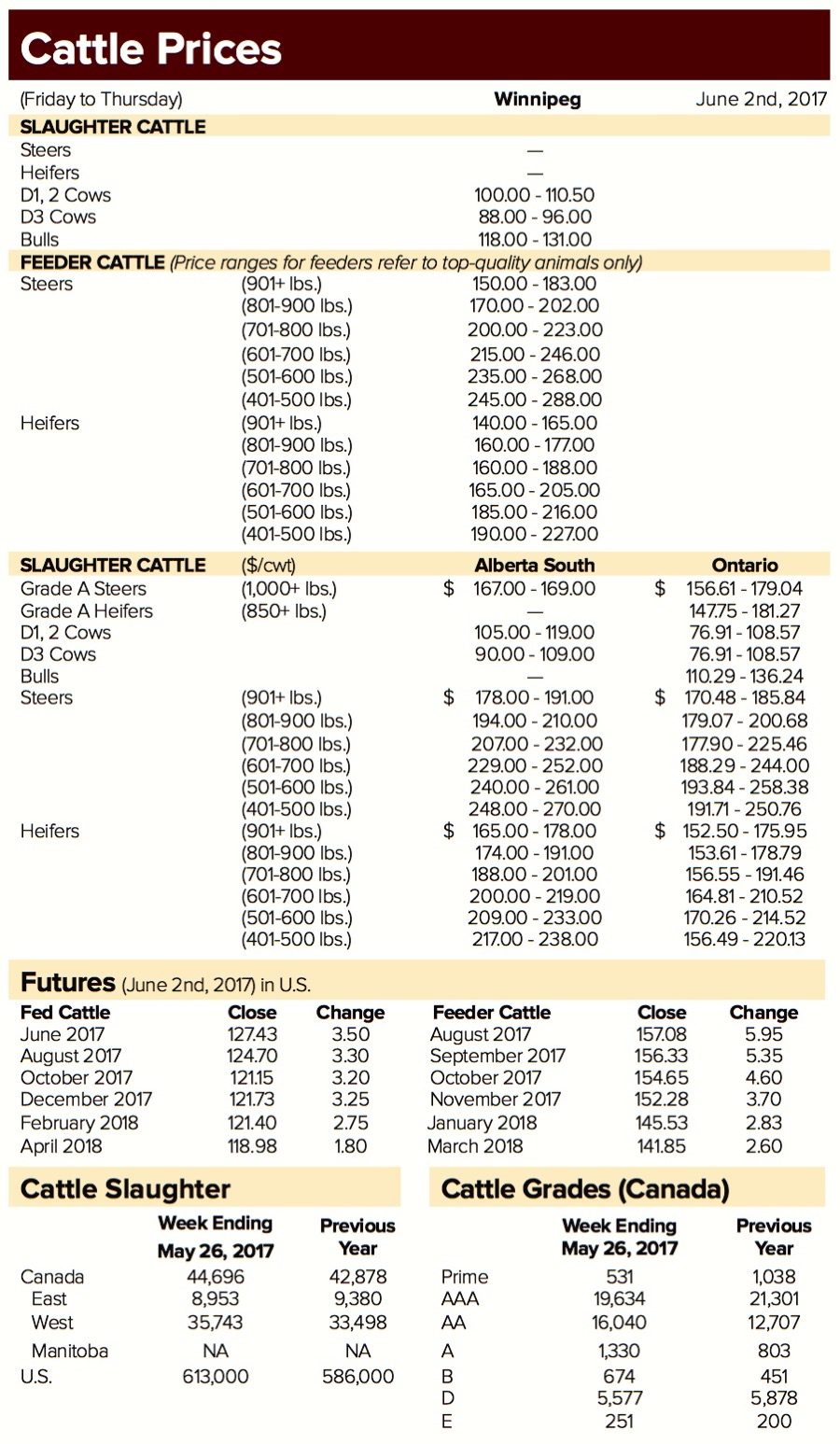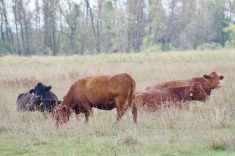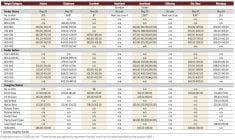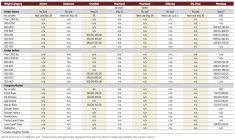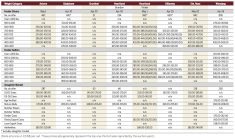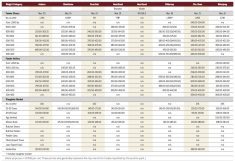Prices for cattle at auction marts in Manitoba were steady on the week, and holding strong overall, though seasonally low volumes mean fewer ranchers are reaping the benefits.
Manitoba auction marts are seeing strong cash prices, as profitability in the feedlot sector drives demand.
Prices for non-fed cows and bulls have stayed steady on the week, said Allan Munroe of Killarney Auction Mart.
“They’re still extremely strong; there’s not much for volume around right now. I think we had 250 feeder cattle, which is outstanding for the end of May,” he said.
Read Also

Canadian canola prices hinge on rain forecast
Canola markets took a good hit during the week ending July 11, 2025, on the thought that the Canadian crop will yield well despite dry weather.
“There are guys who want to have some inventory and they look to me like they’re still pushing off.”
Prices for feeder cattle are slightly lower, but are still profitable, “maybe a few pennies off, but overall, when you compare it back to a couple of months ago or especially last month, they’re still very strong,” Munroe said.
Seasonally, fed cattle futures have downward potential into the warmer months.
“We see more cattle on the horizon, more market-ready supplies coming down the line, and demand usually slows in the summer,” said Brian Perillat, manager and senior analyst at CanFax, a division of the Canadian Cattlemen’s Association.
The market may have already notched its spring highs, he added, which means values are likely to move lower.
He noted, however, that “the feedlots are still making really good money at these prices,” which could keep demand, and therefore prices, strong.
Traders are watching political issues for near-term market movement indications, Perillat said.
U.S. President Donald Trump may make moves to renegotiate the North American Free Trade Agreement (NAFTA), which could cut into the amount of beef Canada sells to the U.S. and Mexico.
China has reopened its border to U.S. beef, but uncertainty about the amount the country will buy could keep an element of turbulence in the market. The deal marked the first time China has allowed U.S. beef imports since 2003.
Locally, Manitoba ranchers are watching the weather for indications on how feed grains will fare this summer.
Munroe said the weather thus far hasn’t been good for getting grass growing.
“We never dreamed we’d be praying for rain, and I don’t know if we’re praying for it yet, but we certainly could use it,” Munroe said.
Markets are expected to be slow through the summer and into the fall run.
